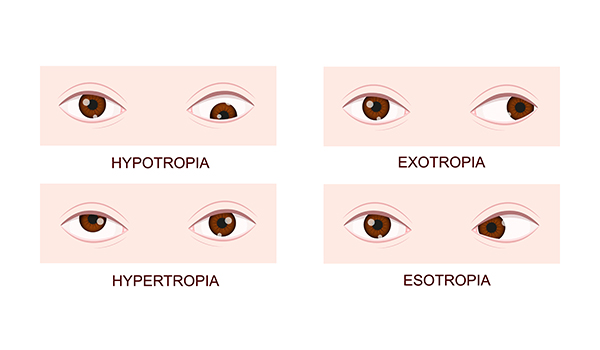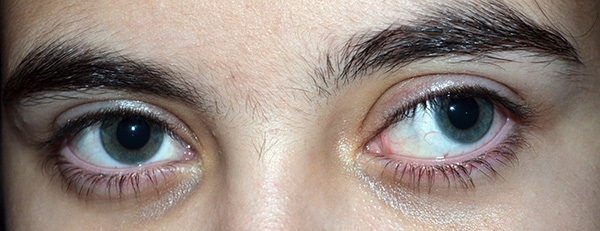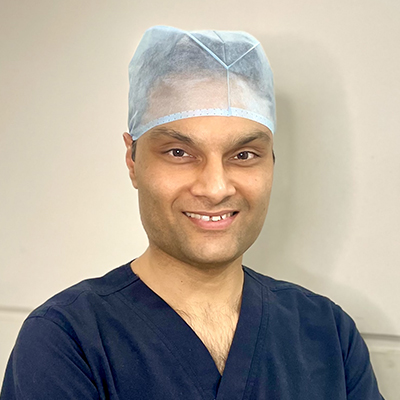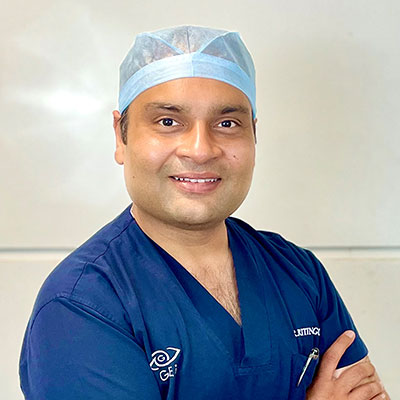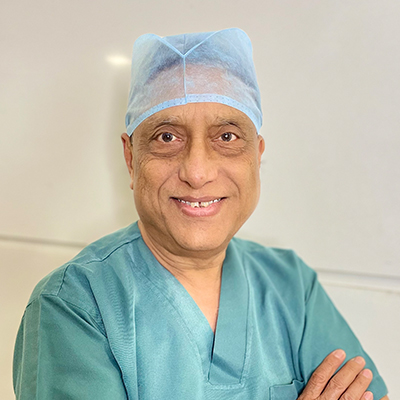How does strabismus affect you?
Your eyes mainly comprise six muscles that work in tandem for a coordinated movement of the eyes. These extraocular muscles make both eyes look straight and focus on a single object. Both eyes of a person with normal vision merge the two pictures into a single 3D image. This 3D picture helps us to measure the depth of field.
When one misaligned eye and a properly functioning eye send two different pictures to the brain, the mind prefers ignoring the image from the non-aligned eye. Because of this malfunctioning, understanding depth becomes complicated, especially in kids. However, this situation differs among adults as their brains have already learned to receive two pictures.
Studies have confirmed that malfunctioning of extraocular muscles becomes the root cause of /Strabismus. This malfunction usually occurs due to muscles themselves, associated nerves, or the area in the brain that controls extraocular muscles.
Retina damage in premature babies or Hemangioma (abnormal growth of blood vessels) near the eye among infants may also be possible causes.
A child also causes Accommodative Esotropia (a condition of excessive focusing that a child with uncorrected farsightedness experiences).
